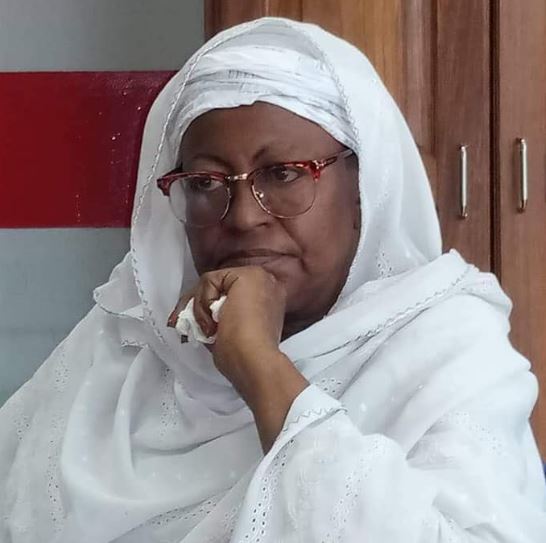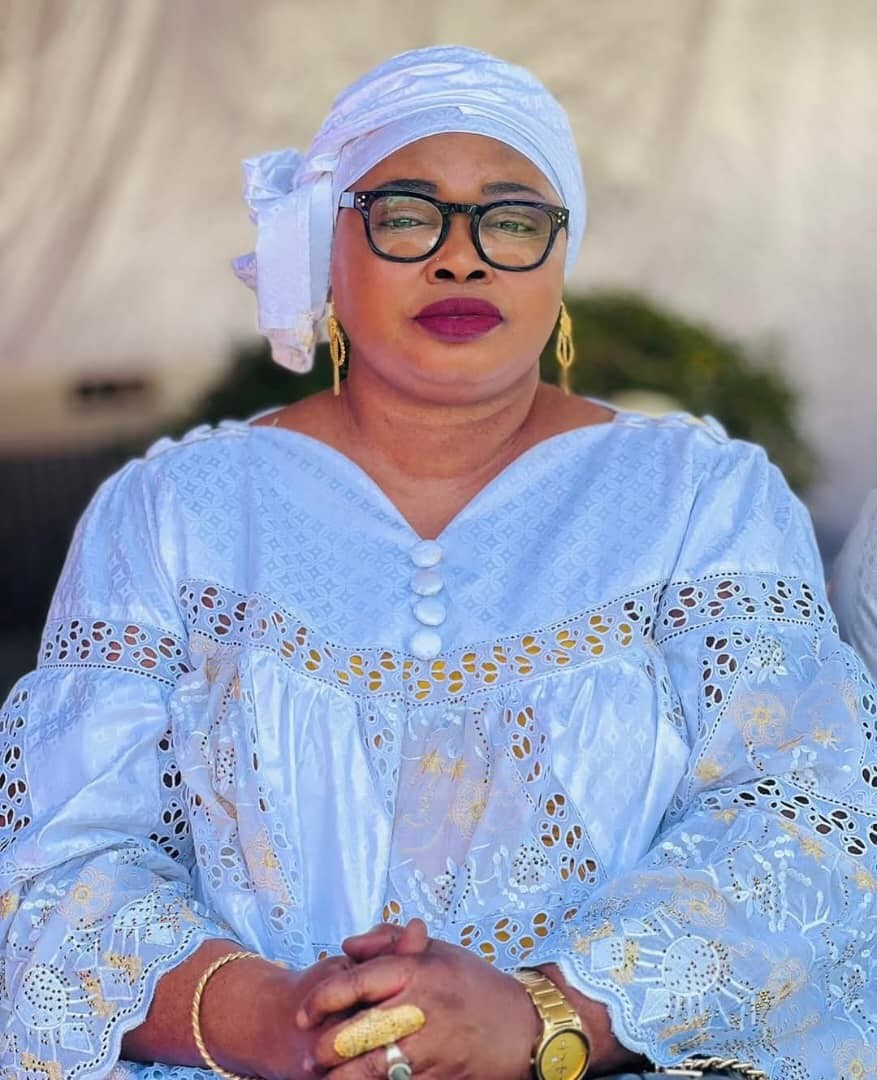By Yunus S Saliu
The Data Collectors for the inventorying Banjul’s Historic Buildings, sites and Values for Informed policy drive towards urban heritage conservation are currently undergoing training on Banjul Historic Inventory data collection, at the National Museum, Banjul.
The training which kicked off on Tuesday, 31st May to 1st June was organized by the National Centre for Arts Culture (NCAC) funded by UNESCO in Paris through the Participation Program meant for informed policy towards urban heritage conservation and valorization into UNESCO World Heritage Tentative List.
As the training continued, Data Collectors covered different topics which include introduction to urban heritage; significance/importance in preserving urban heritage identification/classification of urban heritage; legal and regulatory framework;
In his presentation, Hassoum Ceesay, the Director General of the NCAC said urban heritage can be referred to as the list of heritage elements located in urban area which including archaeological vestiges, historical buildings, vernacular architecture, historical gardens, social practices, rituals, festive events and among others.
He described further that urban heritage can also refer to the city as heritage – a special type of cultural property that is mainly associated with neighborhoods, urban centers and historic cities.
On significance of preserving urban heritage, he explained that it is an essential part of preserving the cities and making them more live able, also, “it involves the preservation of historic buildings, green spaces, and other natural features in order to protect a city’s unique character and culture and so on.
Michael Campbell presentation was centered on the condition assessment and risk analysis noting that historic structures and monuments are the most important part of the cultural heritage and human civilization and human imperative to protect those structures for the future generations.
He added that historic monumental structures that constitute the big part of historic heritage made of masonry materials such as bricks, stones, wood, keriting and so on.
Assessing the condition of urban heritage sites and conducting a risk analysis, he said, is a crucial step in preserving and protecting these valuable assets, while outlined guide to help the data collector assess the condition of urban heritage sites, identify deterioration, structural issues, environmental threats, and potential risks.
Among other topics covered in his presentation include environmental threat and potential risks; understanding the context, visual inspection, deterioration identification, structural issues, risks analysis, documentation, reporting and so on.
Sanna Jarju, Ronald Williams, Mamat Sallah among others made extensive presentations at the training.





